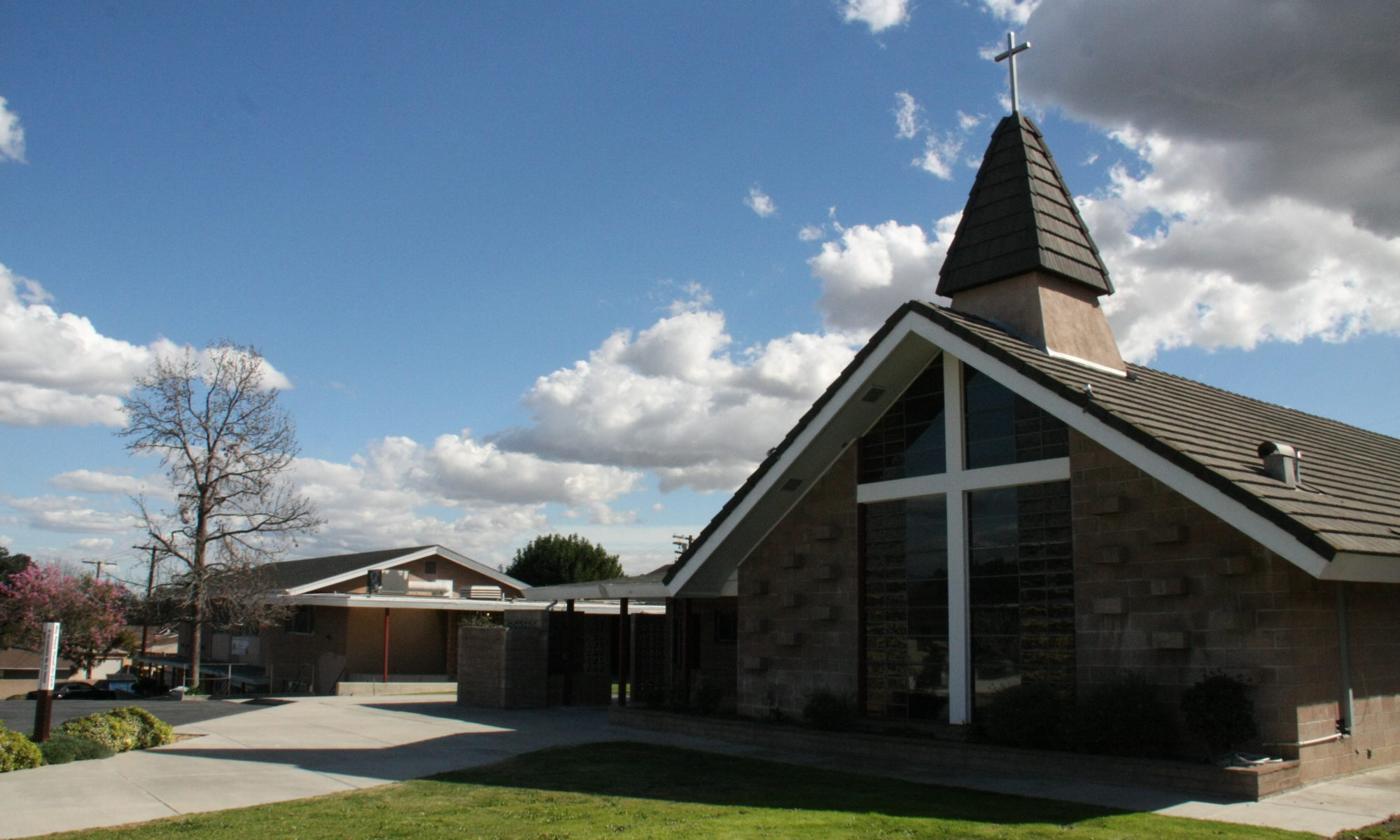The Lights of Christmas
George R. Martzen
It’s always fun this time of year to drive through neighborhoods brightly lit with extravagant lights and Christmas decorations. Sadly, many of our southland neighborhoods, from San Diego to Ventura Counties, face a more fearsome extravaganza with massive fires fueled by dry bush and extreme Santa Ana winds. Christmas for many southlanders will not be so merry this year, as families assess the loss of homes and cherished valuables
One of the lectionary texts for the second Sunday of Advent recognizes the urgency of fire: “But the day of the Lord will come like a thief, and then the heavens will pass away with a loud noise, and the elements will be dissolved with fire…” (2 Peter 3:10). As always there are those who are quick to say that the fires are God’s judgment on some sinful act. I don’t think it is appropriate to make such claims. I think there will be enough self-recrimination among those who have lost homes: If only we had been more prepared when we were told to leave. If only we’d had a bigger buffer from the wildlands or the neighbors. If only we had bought in a safer location. If only…
The event of tragedy is not a good time to point blaming fingers, whether at others or ourselves. When calamity happens it’s time to do what we can to pick up the pieces. And we know who are neighbors are by the way they reach out to offer a hand.
Of course neighbors should also know when to stay out of the way. Save your lookie loos for Christmas decorations, not destroyed homes. Give room for emergency crews and those connected with the properties to do what they need to do.
There are practical ways to help. Unless you know someone who will take specific items, there are appropriate organizations that can turn your money into assistance. Contribute through your church, work or civic organization. You can give online to the United Methodist Committee on Relief (UMCOR) U.S. Disaster Response #901670 Fund; or the Red Cross, or the United Way of Ventura County which has set up a Thomas Fire Fund, to name a few.
Sage Granada Park United Methodist Church encourages acts of mercy and justice, especially as we consider God’s gracious gift of Jesus Christ on Christmas day. We are in the midst of Advent, the period of anticipation. We are called to make our lives, our households and our world ready for the Lord’s coming. Remember those who suffer locally. Also remember those who seek justice and mercy in the Middle East.
On December 24 we will observe the 4th Sunday of Advent during our morning worship, 9:30 a.m. That night at 5 p.m. we will observe our Christmas Eve Candle Light service, a joyful time of music and reflection as we light the Christ candle. This year find yourself at home in a faith community. You will be welcome at Sage Granada Park United Methodist Church, 1850 W. Hellman in Alhambra.

